What are the best ways to build
positive classroom culture?
Would you believe me if I told you that classrooms with a positive culture all have ONE thing in common? I know, given the variety of classrooms around the world, that's hard to believe. How could it possibly just be ONE thing? But research shows that there really is ONE MAGIC INGREDIENT!
In his book Engaging Students with Poverty in Mind (which I highly recommend!), Eric Jensen explains that the one thing classrooms with positive culture all have in common is ACADEMIC OPTIMISM. Simply put, students that experience a classroom filled with hope and positive energy try harder. This makes learning more fun for students, which helps sustain their energy and efforts, and the positive cycle continues. This post will share 3 guidelines to help you build and maintain a positive culture in your classroom, whether you are a brand new teacher or an established veteran. Each guideline will also include a variety of strategies and tips for implementation. This will be especially helpful for new teachers as you establish the climate of your very first classroom!
Know upfront that building a positive classroom culture takes TIME. While you can begin to establish a positive climate from day one, it doesn't happen overnight. There are going to be days that don't go as well as others. There will be days that your students test your boundaries and make you lose your patience. But don't give up. The time you spend building a positive culture is never time wasted - it is time invested.
It is always ok to revisit the routines and procedures that help your classroom run smoothly because these create an environment that can be trusted. It may feel at times like you are wasting valuable academic time, but I promise that you will get the return on your investment later in the school year!
It is always ok to revisit the routines and procedures that help your classroom run smoothly because these create an environment that can be trusted. It may feel at times like you are wasting valuable academic time, but I promise that you will get the return on your investment later in the school year!
BUILDING POSITIVE CLASSROOM CULTURE - TIP #1:
EXPECT THE BEST.
Your expectations set the measure of success your students will achieve. It is important to truly believe in our students because it will help them increase their confidence. Students often rise to the level of their own expectations, so powerful teachers are able to get students to expect more from themselves! (Jensen, 2013). Below are some ideas that can help.
- Adjust your language. Reflect on the little ways that your language can communicate a lack of expectations. Rather than saying, "IF you finish your work..." say "WHEN you finish your work..."
- Design learning-focused instruction. When planning instruction, don't begin by searching for cute activities on Pinterest, then fit the standards to meet the activity. Instead, start with the standard of learning, and find activities that align. When students know it is their job to the learning, not to do the activity, buy in will increase.
- Establish clear learning outcomes. Don't just write them on the board, but get your students to take ownership of them. Have them repeat with Whole Brain Teaching strategies (like Mirror/Words) or Turn and Talk with a partner. Get them involved so they truly know what they are supposed to be learning.
- Begin with the end in mind. Show students strong examples of what mastery of the learning outcome looks like. This may include rubrics or exemplars. Let them see first-hand what success looks like, then achieve it themselves!
- Provide opportunities for students to self-assess. When students know what they are supposed to learn, they are able to monitor their own progress towards that goal. They might not self-assess very accurately at first, but they will get better with practice.
BUILDING POSITIVE CLASSROOM CULTURE - TIP #2:
GROW HEALTHY RELATIONSHIPS.
It may be hard to believe, but research has shown that the relationships you have with students has a much greater effect in your classroom than how much you know about your content. I don't mean to say you shouldn't know your stuff -- you should -- but relationships matter so much more.
As the leader of our classroom, we have a responsibility to ensure that our students can grow healthy relationships with us and their peers. But a positive classroom culture goes even beyond that to develop many different layers of respectful and collaborative relationships.
- Teacher to Whole Class: Address the entire class in a manner that communicates your class is a family unit. Communicate that you expect the best from everyone and know that the class can all can work together to learn and grow.
- Teacher to Individual Student: Communicate with each and every student with care and respect. Yes, even the difficult to reach students. (Especially them.)
- Individual Student to Teacher: Students will demonstrate respect for their teacher in a classroom with positive classroom culture. If students are struggling to address you with respect, show patience and teach them more appropriate ways to respond.
- Student to Student: All students in your classroom should feel included. Watch your student to student relationships carefully in order to stop bullying before it starts, facilitate conflict mediation, and help students develop true friendships.
- Staff to Staff: Students should witness staff members working together in a collegial and respectful manner. Never speak badly about another staff member in the presence on your students, no matter how frustrated you may feel (Jensen 2013).
Helping students learn to navigate these relationships is so important. We have to provide Class Building opportunities where we help our entire class get to know and appreciate one another. We should also give them opportunities for Cooperative Learning, where they truly have to rely on one another in order for the entire team to meet the goal. Any time students work in a new group or team, we need to facilitate Team Building activities so they can start to form a true team. All of these are great investments into a positive classroom culture.
BUILDING POSITIVE CLASSROOM CULTURE - TIP #3:
TRANSFORM NEGATIVES INTO POSITIVES.
Positivity is an amazing thing! Research has shown that emotional positivity increases learning and productivity in a variety of ways. For one, it reduces the effects of stress, so students will be able to focus longer and remember more. It improves cognition and behavior. It even increases students' resilience, making them more likely to overcome adversity! You are probably thinking, "Sign me up!" Below are a few practical strategies for helping transform negatives into positives.
- Pay attention to the state individual students are in when entering your room. Are they angry, stressed, hungry, tired, or impulsive? They don't have to stay this way. Spend a little extra time to show them that you care at that very moment with some individualized attention.
- Pay attention to the state your class is in during instruction. If the state students are in is not conducive to learning, find a way to change it for the positive. Are they starting to seem apathetic or bored? Use some energizing stretches (such as Brain Gym) or take a quick Brain Break (I love Go Noodle!) Are they getting edgy or stressed about the content? Slow it down, reteach in a new way, or take a little break. Take ownership over the state of your students, and actively seek to always keep them in a positive state.
- Say YES whenever possible. Think about the little ways you can incorporate YES into your day by changing your language. For example, students often ask to go to the bathroom at inappropriate times. Instead of telling them no, try saying, "Yes you may go, as soon as I/you/we finish XYZ."
- Praise positive behaviors. When you notice that a student is misbehaving or off-task in a minor way, praise a student that is engaging in the desired behavior first. Often-times, the student will hear that praise and respond by fixing their own behavior -- without ever needing a negative reprimand!
- Celebrate small wins. Celebrating success is so important. I love to use Sillybrations - silly celebrations - to celebrate all kinds of wins in my classroom. Did someone persevere through a really hard math problem instead of giving up? Let's celebrate! Did a group figure out a really unique way to solve a problem? Let's celebrate! You get the idea. Check out the video below for some of my students' favorite Sillybrations, guaranteed to make you and your students laugh.
You May Also Like:
- Resume Tips for Teachers - Tips and templates for writing a traditional teaching resume
- How to Mentally Prepare for Your First Year Teaching - Practical ideas on how you can get ready this summer for your new teaching position!
- Join our private >> Facebook group << for new teacher!

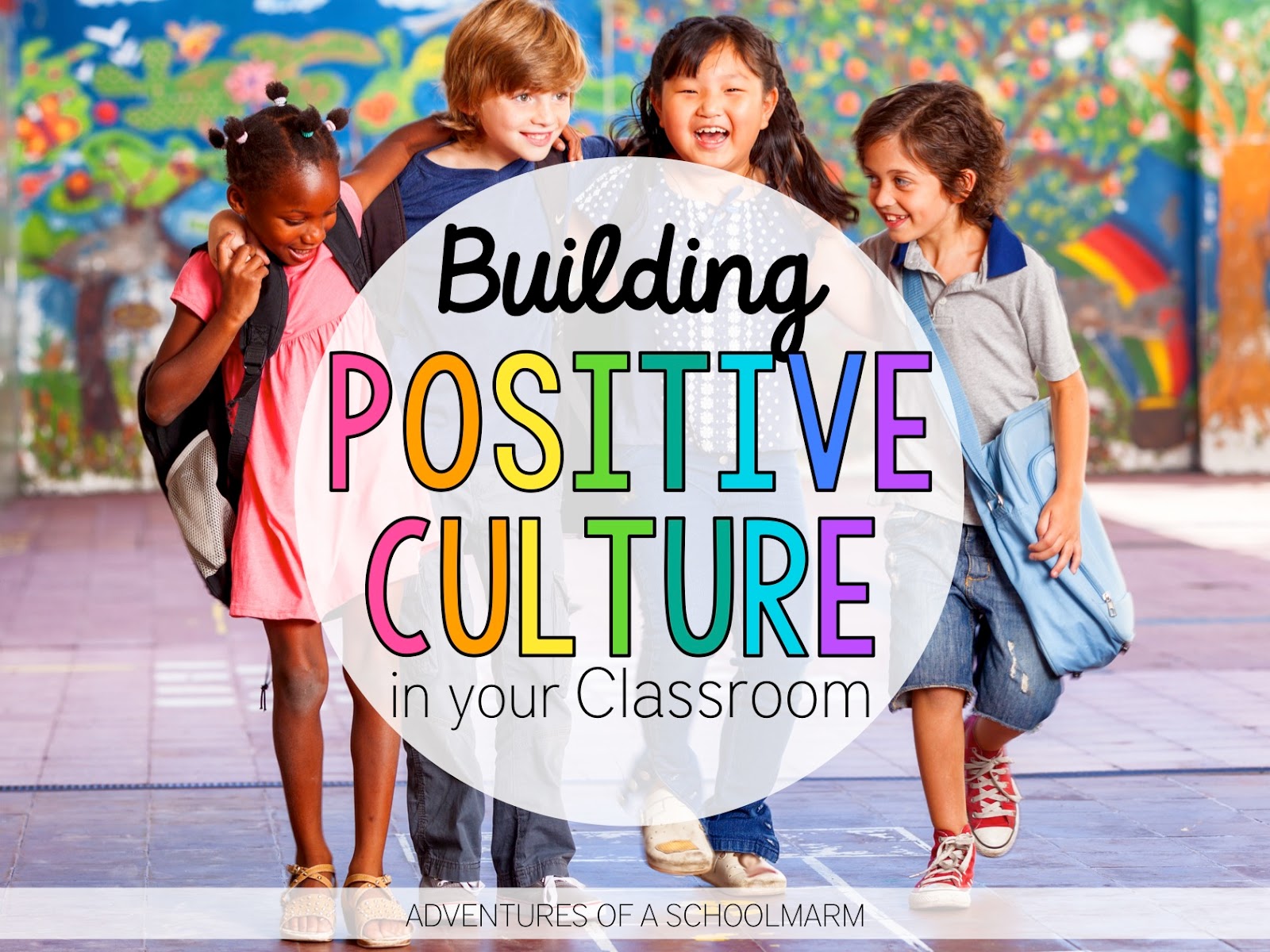
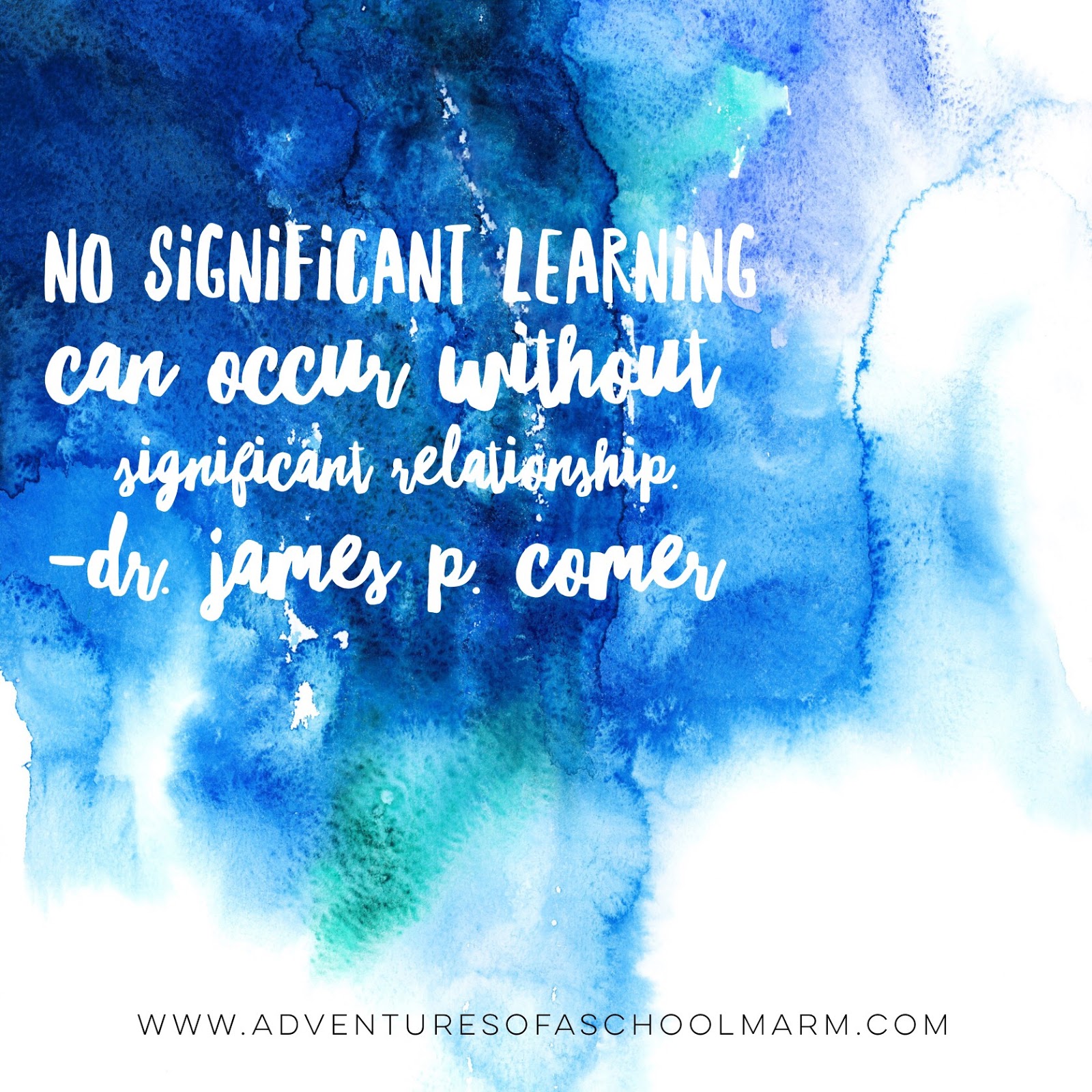
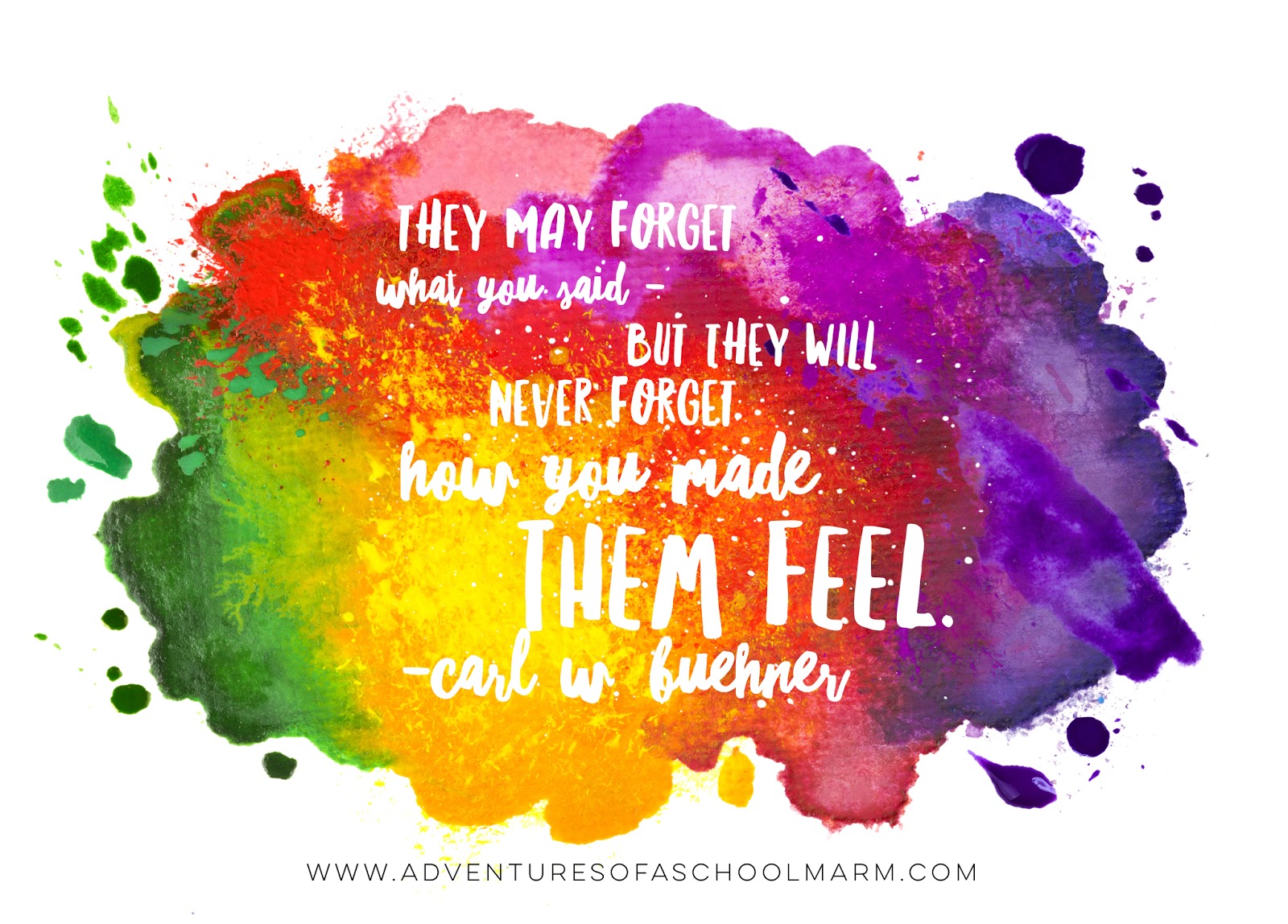




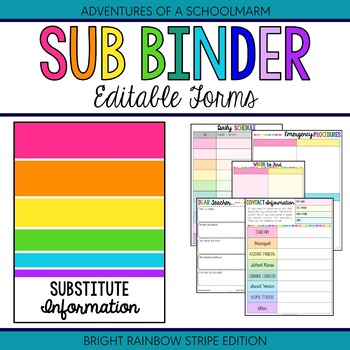




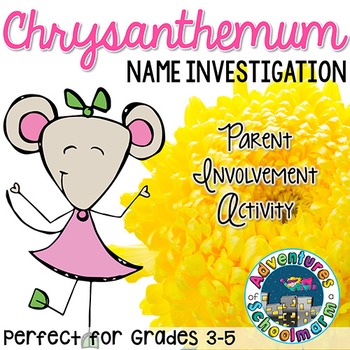




I'm loving these posts of yours geared toward helping "new" or should I say, "new, again" teachers! They are really helping me to focus, know what to focus on, & how to complete my tasks. Thank you!!
ReplyDeleteI am so glad you are finding these tips helpful! Congratulations on heading back into the classroom. We will be posting new content in this series each Monday, so be sure to check back! :D
Delete